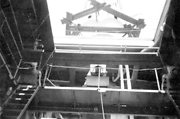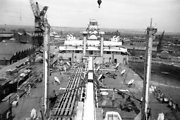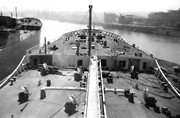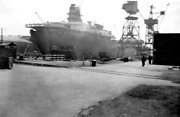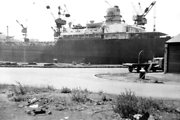 Hartlepool Sports & Leisure
Hartlepool Sports & Leisure
- Cinemas, Theatres & Dance Halls
- Musicians & Bands
- At the Seaside
- Parks & Gardens
- Caravans & Camping
- Sport
 Hartlepool Transport
Hartlepool Transport
- Airfields & Aircraft
- Railways
- Buses & Commercial Vehicles
- Cars & Motorbikes
- The Ferry
- Horse drawn vehicles
 A Potted History Of Hartlepool
A Potted History Of Hartlepool
- Unidentified images
- Sources of information
- Archaeology & Ancient History
- Local Government
- Printed Notices & Papers
- Aerial Photographs
- Events, Visitors & VIPs
 Hartlepool Trade & Industry
Hartlepool Trade & Industry
- Trade Fairs
- Local businesses
- Iron & Steel
- Shops & Shopping
- Fishing industry
- Farming & Rural Landscape
- Pubs, Clubs & Hotels
 Hartlepool Health & Education
Hartlepool Health & Education
- Schools & Colleges
- Hospitals & Workhouses
- Public Health & Utilities
- Ambulance Service
- Police Services
- Fire Services
 Hartlepool People
Hartlepool People
 Hartlepool Places
Hartlepool Places
 Hartlepool at War
Hartlepool at War
 Hartlepool Ships & Shipping
Hartlepool Ships & Shipping

Gulf Tanker Turbines
Recollections of the Gulf Tanker Turbines – John Robinson
I noted with interest the pictures submitter by Jim Wilson re the Gulf Tankers and their steam turbine drives. From memory there were four ships ordered at this time, more or less identical. There is a little bit of history behind the design of these marine turbines. Normally they would have been supplied by Parsons in Newcastle upon Tyne but there was such a high demand at that time that deliveries could not be met, to meet the completion date for the ship.
The turbine works of Richardson Westgarth (Richies), were licensed to manufacture turbines designed by Brown Boveri in Switzerland. Richies had no control over the design or drawings, only their translation into English. The manager of the turbine works a Mr. Signer, a Swiss engineer with high skills in manufacturing and quality control but showed little respect for English engineers or the skilled factory workers. To assist in the interpretation of the designs, there were two Swiss engineers (Salm and Steiner) on loan from Brown Boveri and Signer’s own son, an English engineering graduate trained in Switzerland. On the manufacturing side a brilliant young Hartlepool engineer, Bill Atkinson looked after the workshops as assistant manager to Signer.
Brown Boveri were approached to provide turbine designs for these new tankers. The engines were outside the range of their standard machines and they could not free up man power to do a completely new design. It was decided that they would do the design in Hartlepool and have Brown Boveri review it before manufacturing.
My brother Harry, a graduate from Durham University, Kings College in Mechanical Engineering and Naval Architecture, and a Richies apprentice, was working in the turbine drawing office gaining design experience under Max Salm, the Swiss Engineer. Harry was given the job for the design of these machines which were eventually manufactured and installed in the Gulf tankers.
There was another aspect of these machines that is interesting; the turbines ran at a few thousand rpm and the speed had to be reduced to about 100 rpm for the propeller. You can see the double helix gear in one of the pictures. Richies bought a machine to cut these gears and Bill Atkinson trained a semi-skilled machine operator (Ernie Walker) from the blade shop for this task. There is no margin for errors when cutting these gears and the fact that they were cut in an open machine shop without climate control or computers shows a high level of skill from this team.
I also had a connection with these tankers, as I worked in the marine drawing office producing drawings of equipment foundations and piping systems.
Related items :
 Gulf Tankers
Gulf Tankers
Four identical ships, Gulf Briton, Gulf Dane, Gulf Scot and Gulf Finn, were built for Britannia Tankers Ltd., a British flag affiliate of Gulf Oil, at the Furness Shipyard, Haverton Hill, Middlesbrough. Richardsons Westgarth (Richies), at Hartlepool supplied the gearing and thrust block for one of these ships. Ships of the Gulf Briton class were notable for being the last marine steam-turbine installations from Richies.
More detail » Richardsons Westgarth Engineering
Richardsons Westgarth Engineering
"Richies" was the local name for Richardsons Westgarth Engineering Co. Ltd., Hartlepool.
More detail »




